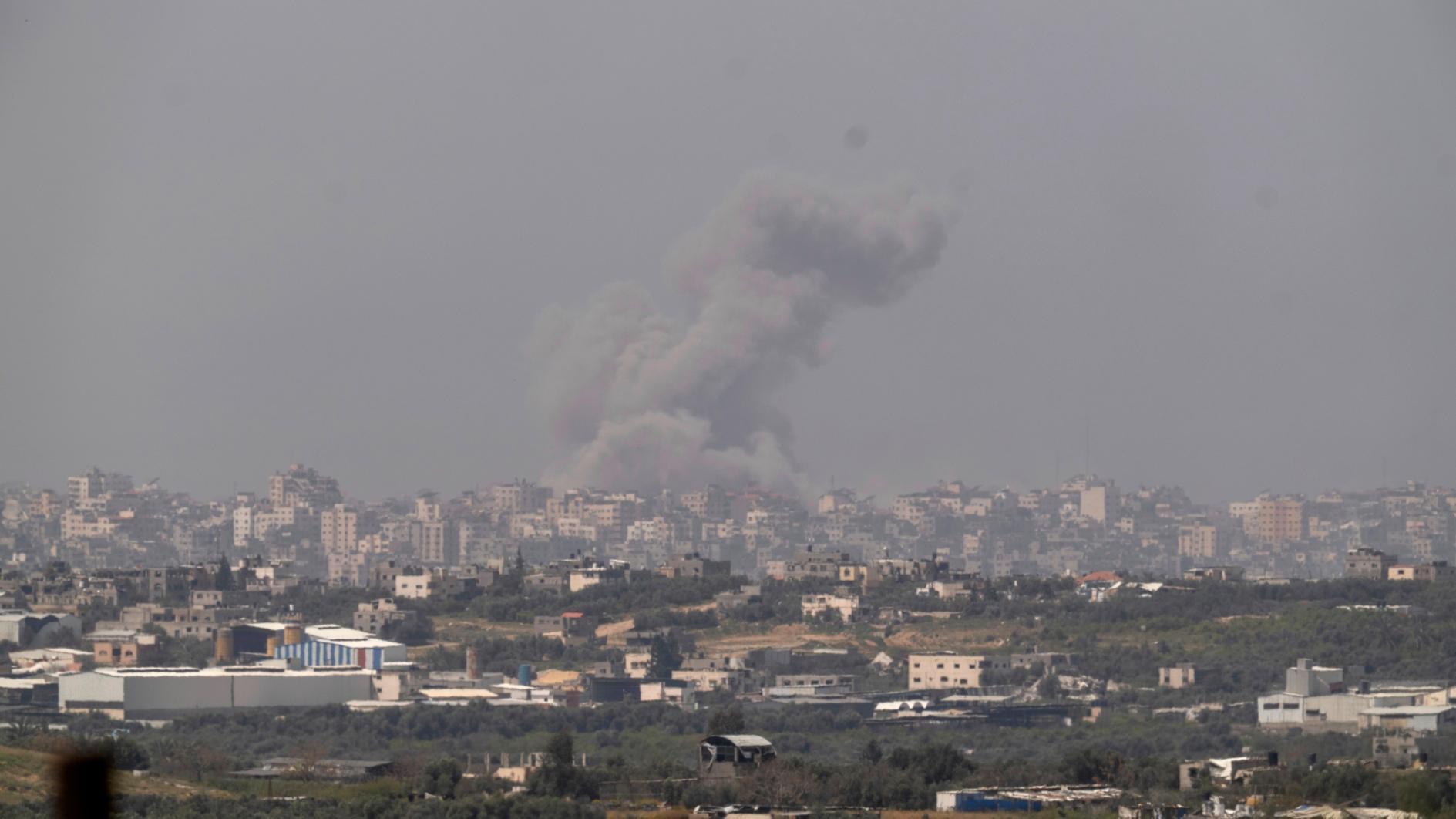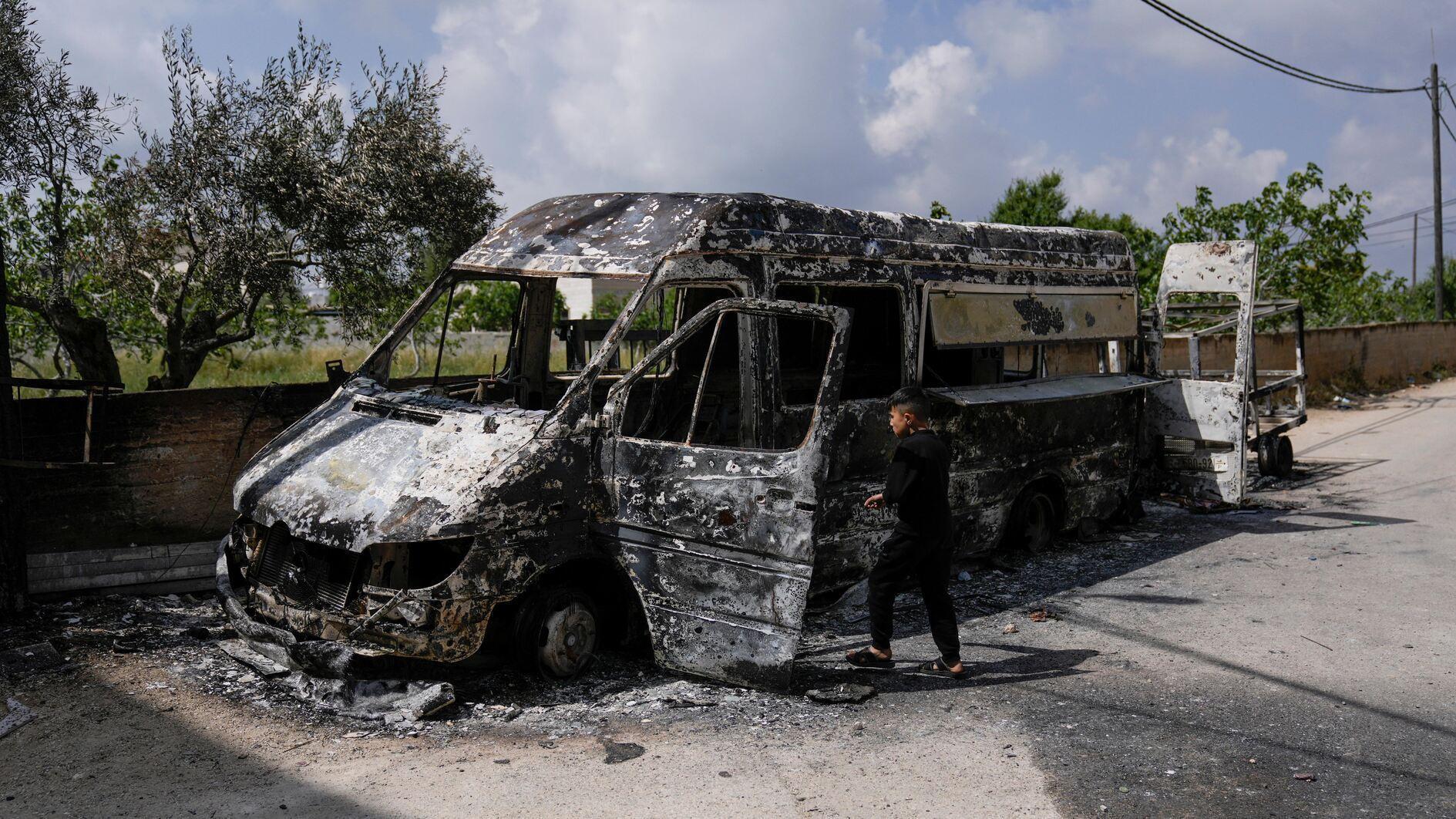New Yorkers resist pleas to leave storm risk zones
NEW YORK - Agence France-Presse

A security guard in Times Square October 29, 2012 as New Yorkers prepare for Hurricane Sandy which is expected to hit the city later tonight. AFP photo
Police toured flood-threatened districts of New York on Monday almost begging people to move away from a looming mega-storm, but tens of thousands of hurricane refuseniks resisted.With New York at a near standstill ahead of a predicted storm surge of up to 11 feet (3.5 meters) of seawater, police with loud hailers and special buses went around Rockaway Beach appealing for people to move away.
But residents walked their dogs and some took photos of waves sending water across the beach boardwalk and into car parks. One police bus managed to get just two passengers.
New York authorities issued a mandatory evacuation order for 375,000 people in the high risk areas. But only 3,000 people had moved into the 76 emergency shelters opened for the storm, officials said.
Malcolm Smith, a Democratic member of the state senate, estimated that 80 percent of Rockaway Beach inhabitants had ignored the order.
He said they were wrong as the flooding was already at the same levels as Hurricane Irene last year and will get much worse.
"Most people believe -- based on Irene last year -- that the storm will be the same. But they need to pack up their families and move away," Smith said.
New York state governor Andrew Cuomo said that the latest flood predictions were "troublesome" and criticized people who go to the beach to take pictures.
New York mayor Michael Bloomberg said that those who stay behind were "selfish" and putting at risk the lives of emergency workers who could have to launch a rescue operation.
Manhattan streets were mainly empty as the first rain from the storm started falling and winds increased. The New York Stock Exchange ordered an emergency closure for the first time since the September 11, 2001 attacks. All subway trains and buses were halted at least until Wednesday.
Authorities ordered two of the main tunnels taking traffic off Manhattan to close on Monday afternoon and have also called up an extra 1,000 national guard troops on top of 1,100 mobilized Sunday.
Schools and landmark attractions such as the Empire State Building were all closed. Hardly a car ventured onto the streets.
Only the hardiest store-owners stayed open. Most supermarkets had been stripped of batteries, pocket lamps, bread and water amid widespread fears of power cuts.
David Blythe, an official with an international student exchange organization, lives in Brooklyn but booked himself into a Manhattan hotel. "I have meetings I could not miss," he said as he ate breakfast in one of the rare eateries open.
Albert Mustaj, a doorman at The Caroline, an elegant apartment block on 23rd Street, said all staff at the building had been asked to stay for three days. But he was not nervous. "I come from Montenegro, I've seen worse," he said.
Martha Kowalczyk, a 27-year-old school worker, took advantage of the forced day off to take her dog for a walk.
"I come from Indiana, I've been through tornadoes and stuff, we'll never get that here," she said.
















